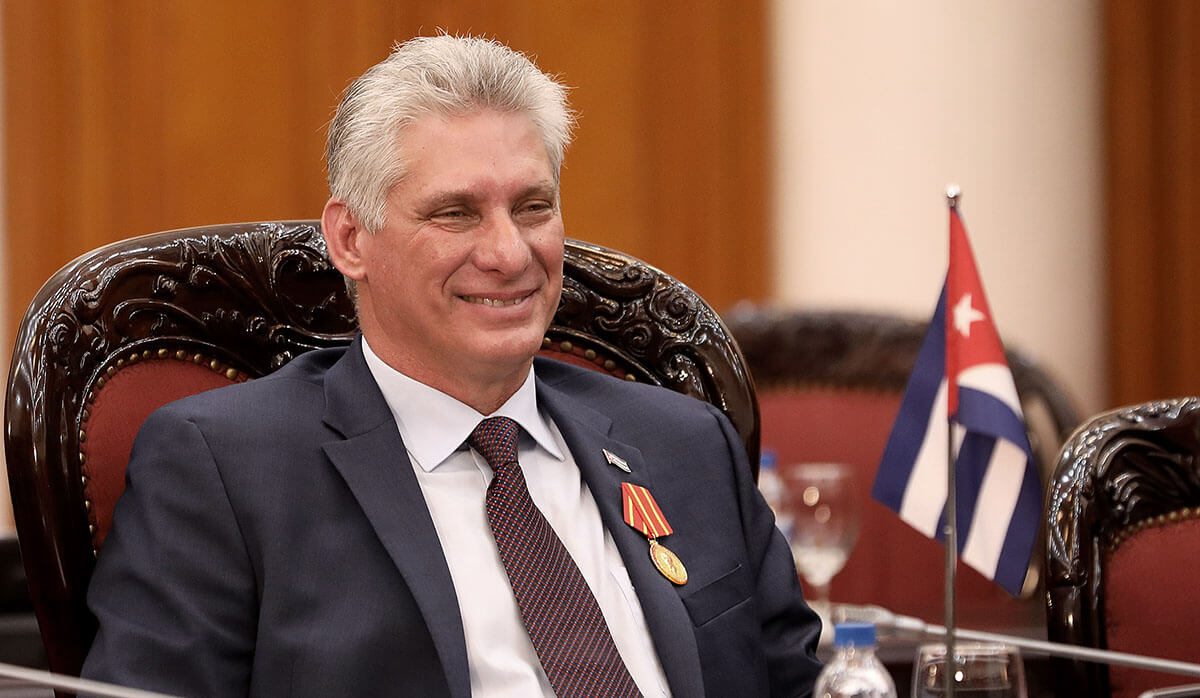For the first time since the 1959 revolution, Cuba is set to institute a devaluation of its currency and unify the country’s two currencies at the same time. The value of the Cuban peso has been pegged at a one-to-one exchange rate for over sixty years. Simultaneously, the country’s second currency, the convertible peso—which is also fixed at a one-to-one ratio with the dollar but exchanged with the public at 24 pesos to purchase and 25 pesos to sell—will be removed from circulation.
The current rate will be maintained for a short, but undefined period of time to allow citizens to adjust to the change and also to exchange their convertible pesos to pesos. This process will be done automatically in bank accounts.
It is anticipated that the new exchange rate will be upwards of ten pesos to one dollar, and that the currency’s value against the Canadian dollar and the euro will also be adjusted in accordance with international market rates.
The Cuban government, which essentially owns and controls the country’s economy, aims to mitigate the impact of sanctions by the United States, which have only been intensified under current President Donald Trump. The country is beset by shortages of basic goods, and, given that it is quite reliant on tourism for revenue, the coronavirus pandemic has further deepened the crisis.
In response to these concerns, the government suggested in July that it would also remove some restrictions on small businesses and gradually move away from its highly centralized model to more of a hybrid system. Economy and Planning Minister Alejandro Gil said that such reforms were necessary in order to boost exports and reduce the country’s reliance on imports. Experts feel that the one-to-one exchange rate has discouraged exports and instead incentivized imports as it is difficult to gain an accurate understanding of whether a business is profitable when there is a fixed exchange rate.
While it is expected that there will be increases to government wages pensions as a result of the unprecedented change to the monetary system, prices are also foreseen to rise quite significantly.
Cuban economist Omar Everleny says that, as a result of the devaluation, production costs and prices are set to rise, thus requiring a commensurate increase to wages and pensions.
The local currency has fallen out of favor on the island, with more and more businesses preferring to use the US dollar. It is hoped that this change will increase the purchasing power of the peso and restore order to a country with rapidly rising inflation.
Cuba to Devalue and Unify Currency in Historic Move Under Pressure of Sanctions
It is hoped that this will reduce the country’s reliance on imports.
September 11, 2020

IMAGE SOURCE: CUBAN PRESIDENCYCuban President Miguel Díaz-Canel
